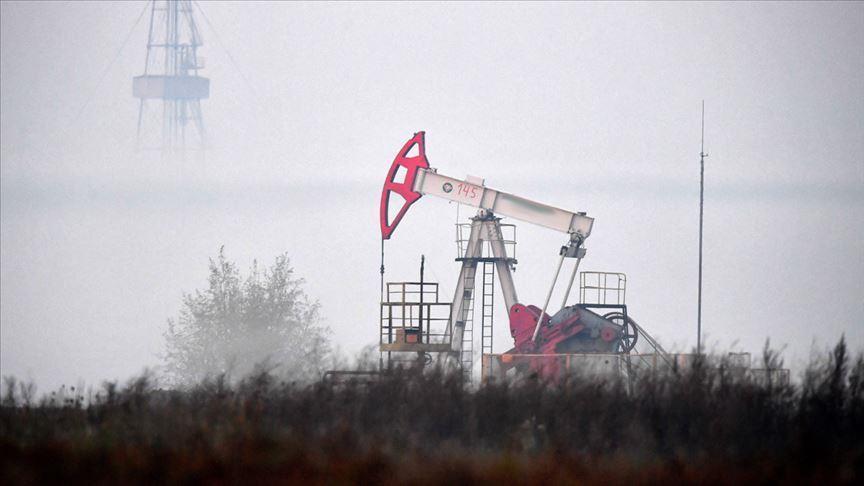Oil prices decreased more than 2% during the week ending June 2 amid ambiguity about the US Federal Reserve’s (Fed) interest rate policy, persistent recessionary fears and market uncertainty ahead of the much-anticipated OPEC+ meeting on Sunday.
International benchmark Brent crude was trading at $75.36 per barrel at 2.29 p.m. (1129 GMT) on Friday, posting a 2.62% drop from the Monday session that opened at $77.39 a barrel.
The American benchmark West Texas Intermediate (WTI) registered at $71.18 per barrel at the same time on Friday, declining 2.79% relative to the opening price of $73.22 a barrel on Monday.
Prices began the week on a positive note over a tentative US deal to raise the debt ceiling.
US President Joe Biden and House Speaker Kevin McCarthy announced an ‘agreement in principle’ late Saturday to raise the debt limit and avoid a ‘catastrophic default.’
However, prices fell on Tuesday over uncertainty about the Fed’s interest rate policy and recessionary fears.
As markets await the Fed’s next interest rate decision, persistent recessionary fears continue to hold oil prices down.
Analysts predict that US inflation will not slow down at the desired pace amid strong economic activity, raising the possibility of interest rate hikes.
The decline in oil prices continued on Wednesday as lackluster Chinese industrial data affected investor risk appetite. China’s official Purchasing Managers’ Index (PMI) dropped to 48.8 in May from 49.2 in April, according to the National Bureau of Statistics.
Prices began to recover on Thursday as the US House of Representatives passed a plan that is expected to raise the US debt ceiling and limit government spending in an effort to lower the federal deficit.
Averting a first-ever catastrophic default on the nation’s debt before a June 5 deadline, the US Senate passed a bill to suspend the debt ceiling late Thursday.
This came as the US Institute for Supply Management (ISM) released the manufacturing PMI, which indicated a contraction in the country’s manufacturing sector in May for the seventh consecutive month, limiting crude oil prices’ upward trajectory.
Another headwind to limit price upticks was the rise in US commercial crude oil inventories, which rose by around 4.5 million barrels to 459.7 million barrels, against the American Petroleum Institute’s forecast of a jump of 5.2 million barrels.
Reports of a recovery in manufacturing activity in China for the first time in three months in May supported positive demand sentiment in the market.
The Caixin China General Manufacturing PMI increased to 50.9 in May from 49.5 in April, owing to a robust and rapid growth in output in May. With a rise above the neutral level of 50, the result marked the first improvement in overall manufacturing sector conditions since February.
– Investors await production decision of OPEC+ group
Markets are now focused on Sunday’s meeting of the Organization of Petroleum Exporting Countries (OPEC) and its allies, known as OPEC+.
It will be the first ministerial meeting of the group after some OPEC+ countries in April decided to cut output by 1.6 million barrels per day (bpd) on top of their existing cuts of 2 million bpd in place since October last year.
Although Saudi Arabia and Russia, two other members of OPEC+, have given conflicting signals about whether the group will increase production curbs, analysts do not anticipate a change in output strategy during the meeting.

